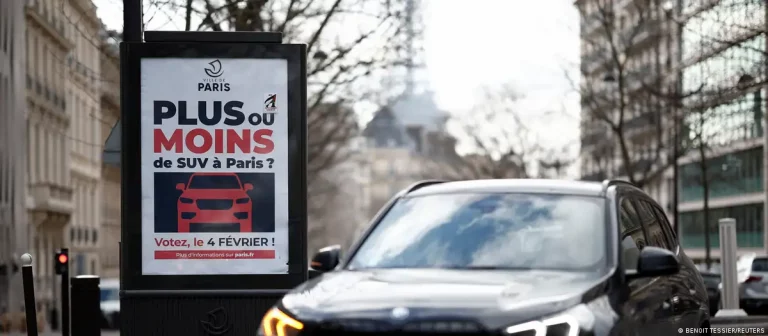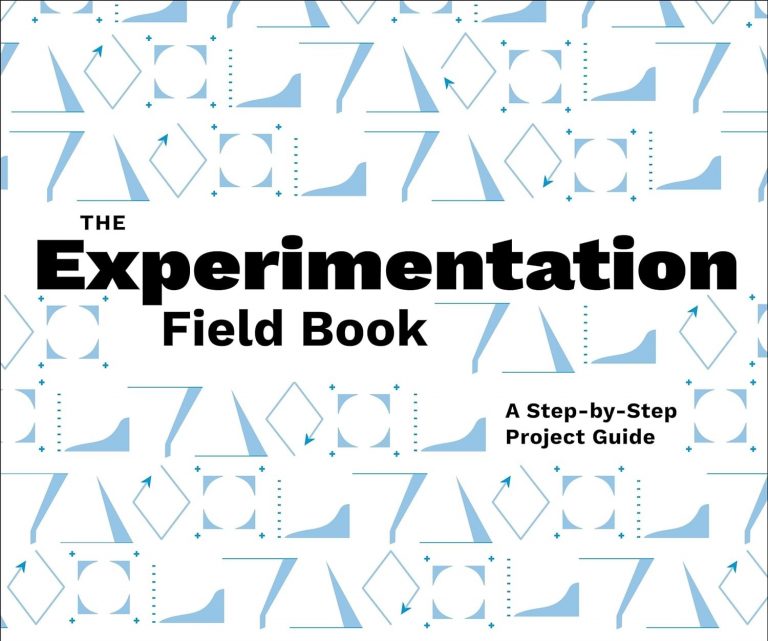Videos of keynote presentations at The Web and Beyond 2012

The Web and Beyond is a bi-annual conference organized by Chi Nederland, focused on the practice and business of user experience.
On September 26, our 425 attendees saw a full-day, 3-track conference with keynotes and parallel sessions on user experience research, design, evaluation and management. The event featured both Dutch and English sessions by national and international presenters.
This year’s theme was “Momentum”, in recognition of the masses of people that are now convinced that user centered design is the best approach for designing successful interactive experiences, as well as the speed with which the field of user experience is developing.
Videos of the keynotes are now online.
Tablets and the age of comfortable computing (synopsis)
Rachel Hinman, senior research scientist, Nokia Research
Since their introduction in 2010, tablets have taken the mobile industry by storm, with sales expected to reach 120 million in 2012 alone. Whether novelty or need, tablets are clearly a big and growing part of the mobile device landscape that won’t be going away any time soon. Which begs the question: Now that these shiny new gadgets are finding their way into the world, how are people actually using them? In this talk, Rachel Hinman shared findings from her year-long study of tablet usage as well as provide design implications for designing tablet experiences. She covered:
- Comfortable Computing: How users are seeking experiences that provide a sense of comfort and connection through tablet devices and how designers can better support these needs.
- Mutual Reconfiguration: The impact environments and social contexts have on tablet usage and how to account for the dynamic nature of the mobile context when designing tablet experiences.
- New Forms of Creation: Collage, curate and animate. How tablet devices are redefining what it means to create in the digital world.
Make It So: Apologizing for bad sci-fi UI (synopsis)
Chris Noessel, managing director, Cooper
Interfaces in sci-fi serve a primarily narrative purpose. They’re there to help tell the story of how a character disables the tractor beam, or hacks into the corporate database, or diagnoses the alien infection. But what would happen if we tried to build these same interfaces for the real world? Some would fare just fine. Most would need a little redesign. A few appear to be just plain stupid or broken. They couldn’t work the way they appear to. That is, until you use the technique of apologetics to discover that in fact far from being stupid, they’re brilliant.
Chris Noessel, co-author of the book Make It So: Interface Lessons from Sci-Fi (Rosenfeld Media, 2012) discussed this critical technique, showed how it works across several sci-fi interfaces, and challenged the audience to apologize for some “bad” sci-fi interfaces.
Get Lucky: How to put planned serendipity to work for you and your business (synopsis)
Lane Becker, author of Get Lucky
The world of work has changed. To keep pace with the rapidly shifting needs and expectations of the market – and stay relevant and competitive – we need to find ways to encourage and reward ongoing innovation inside our organizations. But embracing change as part of the regular process of doing business can be challenging for organizations that have learned to rely on routine and process to ensure consistent, reliable growth.
In their New York Times bestseller “Get Lucky,” authors and entrepreneurs Thor Muller and Lane Becker explore the qualities and business practices of Twitter, Instagram, Pixar, 3M, Google and other high-performing companies. In this keynote, Lane shared the secret formula behind the success of the world’s most successful organizations: “planned serendipity.”
(via InfoDesign)



